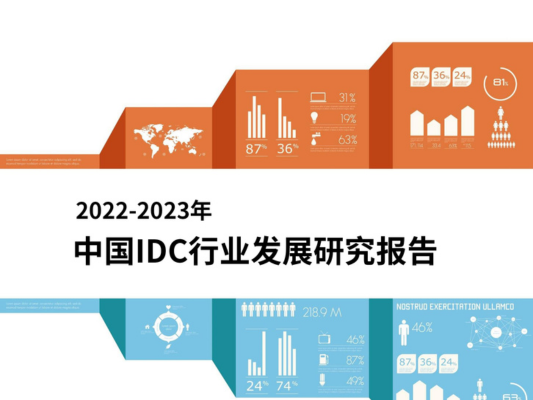Used to power eight operational data centers and colocation facilities.Apple has used 2.5 billion kWh (2,500GWh) of power over 2024 to power its data center and colocation facilities across the world, according to its latest Environmental Progress Report. This is an increase from last year, where its data center portfolio consumed some 2.344 billion kWh of electricity.
The capacity was used to power eight operational data centers across North America, Europe, and Asia. According to the tech giant, 100 percent of the energy was derived from renewable sources of energy, including solar, wind, biogas, and hydropower.
Solar energy dominates Apple's renewable capacity mix, representing 72 percent of operational projects backed by the company. In 2024, it continued to build up its solar capacity under contract, signing a long-term Power Purchase Agreement (PPA) with Ib Vogt to offtake 105MWac of solar power from the Castaño Solar project in the province of Segovia, northwest of Madrid.
Across its data centers, Apple uses a range of renewable sources to power its operations. In Mesa, Arizona, the company used 530 million kWh of electricity, with 100 percent coming from solar, including a 4.67MW onsite solar installation at the facility’s car park.
The Maiden, North Carolina, data center consumed 466 million kWh, with 68 percent solar and 32 percent wind energy.
At the Reno, Nevada, facility, Apple used 454 million kWh, entirely powered by solar energy, including the 20MW Fort Churchill Solar Array, which uses curved mirrors to concentrate sunlight onto photovoltaic cells.
In Prineville, Oregon, the data center consumed 255 million kWh, powered by a mix of 56 percent wind, 43 percent solar, and 1 percent micro-hydro. Apple noted that it now operates one micro-hydro project in the region, including one built alongside an irrigation canal.
In Denmark, the data center consumed 59 million kWh of power, with 100 percent derived from a 42MW solar project and a 17MW wind project.
Meanwhile, two data centers in China used a combined 214 million kWh, with energy split evenly between solar and wind sources.
The increase in power consumption relative to last year is due to Apple finally bringing its Waukee data center in Iowa online. The 400,000 sq ft (37,000 sqm) had been in the pipeline since 2017, with the company finally achieving energization in October.
Energy use from Apple's colocation facilities was not revealed. The company notes in the report that: “Gas use at colocation facilities is considered outside of Apple’s operational control.”
Cloud usage was also not revealed. Apple is a long-term customer of Google Cloud and is thought to be the platform’s largest storage customer.
Also in the report, the company claimed to have reduced its overall greenhouse gas emissions by more than 60 percent, part of a broader goal to achieve carbon neutrality across all operations by 2030.
As part of that goal, it plans to cut emissions by 75 percent and offset the rest through carbon removals and renewable energy agreements. Apple has several carbon removal initiatives, with a long-term carbon removal fund that aims to remove 1 million tons of CO2 per year at its peak.
In total, the company’s global supply chain now uses 17.8GW of renewable energy to power its operations. This, the company says, has reduced its carbon footprint by 41 million tons of CO2 in 2024.
In its water conservation efforts, Apple reported that its Supplier Clean Water Program saved more than 90 billion gallons of fresh water since 2013. In 2024, 14 billion gallons were saved, with suppliers reusing 42 percent of water on average.








